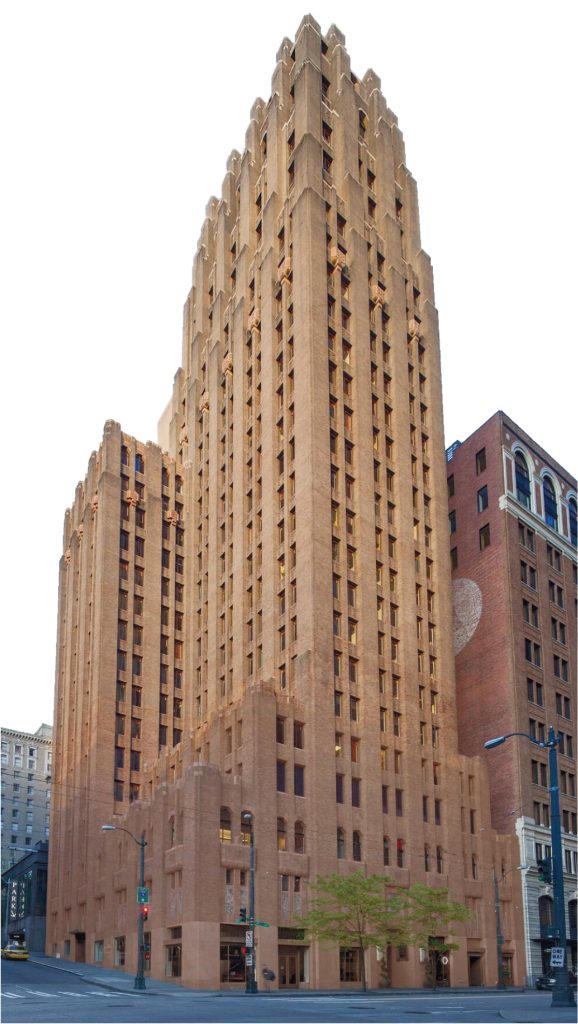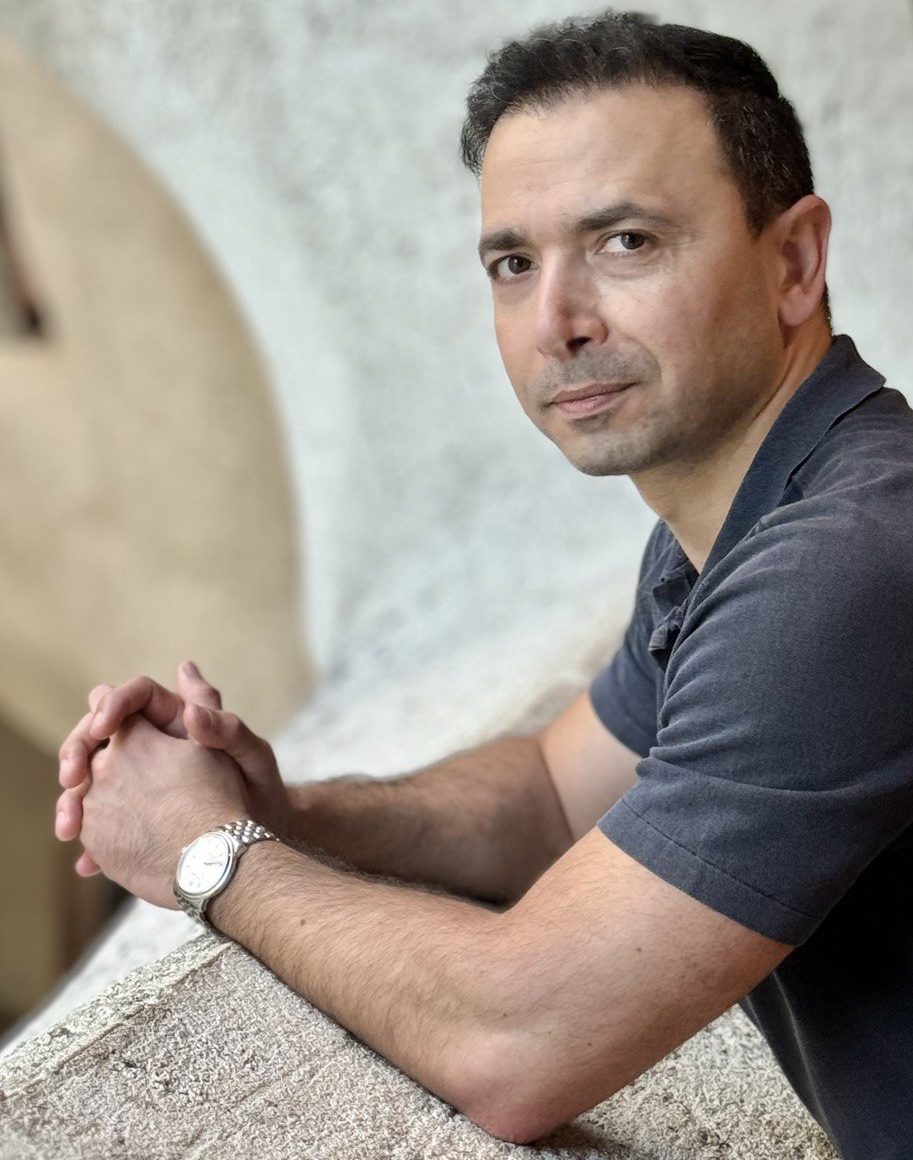Ramin Ghods AIA, LEED AP
Co-founder/ Principal

“ While timeless ideas can seamlessly integrate into contemporary architecture, their manifestation should resonate with our present way of living and the specific needs of users. This enhances the overall sense of place and enriches the human experience within our cities.”
Ramin’s interest in the intersection of architecture and the human senses, coupled with his academic research, has driven him to pursue it in his design exploration. Working with top design firms, nurtured his passion for pursuing the most innovative ideas and a commitment to delivering exceptional solutions for his clients within their budget constrains.
Ramin has played a pivotal role as a key contributor to several award-winning projects in both research and design. These projects have received recognition from esteemed organizations such as Cityscape, World Architecture Community, EDRA, Urban Land Institute Awards, and the PDC of New York, among others.
Throughout his career , Ramin’s portfolio has included a diverse array of scales and programs, such as residential, commercial, cultural, adaptive reuse, and mixed-use developments. His projects are not confined by typology or scale; instead, he is motivated by an approach that delves into the unique design challenges and opportunities presented by each project.

Briefly describe your award-winning architectural project.
Our project focuses on the adaptive reuse of Seattle Tower, an iconic Art-Deco skyscraper in downtown Seattle. We transformed this historic office structure into a mixed-use residential development, addressing the city’s post-COVID office vacancies and the increasing demand for housing. The design celebrates architectural heritage while integrating modern living spaces, revitalizing an urban landmark. Partnering together, architects, developers, and cities can turn vacant offices into vibrant mixed-use communities, creating investment opportunities and improving the overall quality of life in the downtown area.
What were the key design goals and challenges?
Our primary goal was to preserve the building’s Art-Deco charm while converting it into efficient, modern residential units. We also aimed to maximize the building’s potential for mixed-use functionality, including retail spaces and resident amenities. One of the biggest challenges was working within the constraints of the existing office structure, such as floor plate depth, core configuration, and building systems while minimizing disruption to the landmark’s exterior appearance. At the same time, we had to ensure the layout met contemporary residential needs and complied with the residential code requirements.
How did AI play a role in the development of your winning design?

ArkDesign.AI played a critical role in optimizing the layout and unit mix. By using AI, we were able to quickly generate schematic floor plans that balanced the building’s structural constraints with the diverse needs of future residents. This allowed us to explore multiple design iterations in a fraction of the time, improving efficiency and precision in decision-making.
Can you share a specific example of how AI helped you overcome a design challenge or improve your project?
One key challenge was optimizing the placement and layout of 242 residential units across 21 floors within 4 different floor plates while ensuring a balanced mix of studio, 1-bedroom, 2-bedroom, and 3-bedroom units. Using ArkDesign.AI, we were able to generate multiple design options rapidly and refine the configurations to maximize the building’s efficiency. The AI-generated report provided us with detailed analysis, showing that our design was aligned with the developer’s vision. These insights allowed us to ensure the unit mix, layout, and overall design met both market needs and the project’s financial goals. By automating these iterations, we saved significant time, enabling us to focus more on the creative and functional aspects of the project.
What advice would you give to other architects considering using AI tools in their workflow?
Don’t be afraid to incorporate AI into your workflow—it’s a powerful tool for automating complex tasks, freeing you to focus on the creative aspects of design. AI can help you explore more design possibilities faster, ensuring you can deliver smarter, data-driven solutions for your clients early in the design phase. However, it’s essential to see AI as an aid, not a replacement; human intuition and creativity still play a crucial role in achieving the best architectural outcomes.
REVITALIZING SEATTLE’S SKYLINE
THE SEATTLE TOWER RESIDENTIAL CONVERSION
PROJECT OVERVIEW:

Our entry focuses on the adaptive reuse of the iconic Seattle Tower, transforming this historic art-deco skyscraper into a vibrant mixed-use residential development. This project addresses the dual challenges of office vacancies and housing demand in urban Seattle, offering a sustainable solution that respects architectural heritage while meeting contemporary needs.
URBAN CONTEXT AND RATIONALE:
This project directly addresses the increasing office vacancies in post-COVID Seattle, aligning with changing workforce dynamics and remote work trends. It responds to the growing housing demand in the urban core while leveraging federal and local incentives for office-to-residential conversions.
BUILDING BACKGROUND:
Originally known as the Northern Life Tower, the Seattle Tower is located at 1218 Third Avenue in downtown Seattle. This 27-story art-deco skyscraper, Seattle’s first in this style, is a prime candidate for office-to-residential conversion due to its optimal floor plate depth and core location.
SUSTAINABILITY AND COMMUNITY IMPACT:
This project embodies sustainable urban development by repurposing existing infrastructure, reducing urban sprawl, and revitalizing downtown Seattle. It aims to create a thriving, mixed-use community hub that honors the city’s architectural legacy while addressing current social and economic needs.
The Seattle Tower residential conversion represents a bold, forward-thinking approach to urban renewal. By breathing new life into this historic structure, we’re not just preserving a piece of Seattle’s skyline – we’re creating homes, fostering community, and setting a precedent for sustainable urban development in the post-COVID era.


